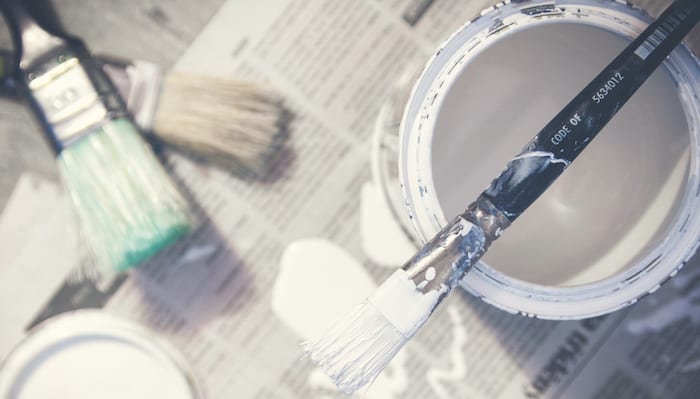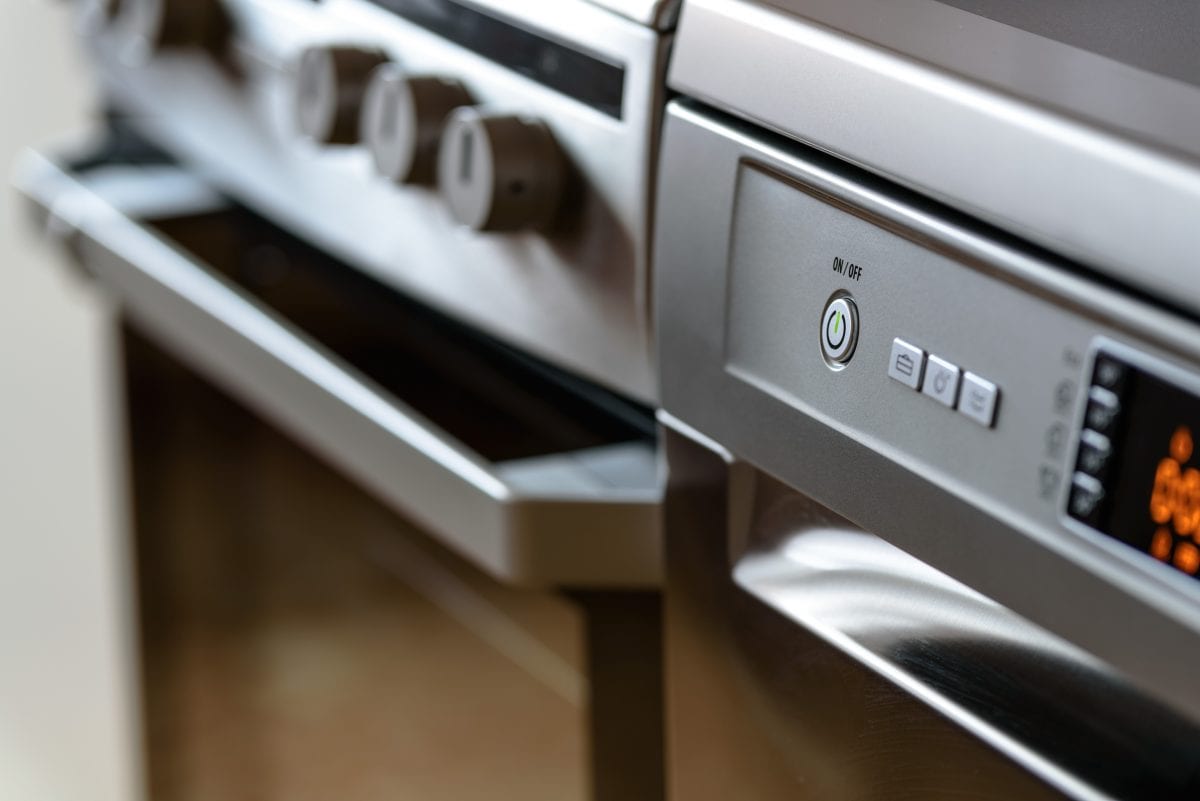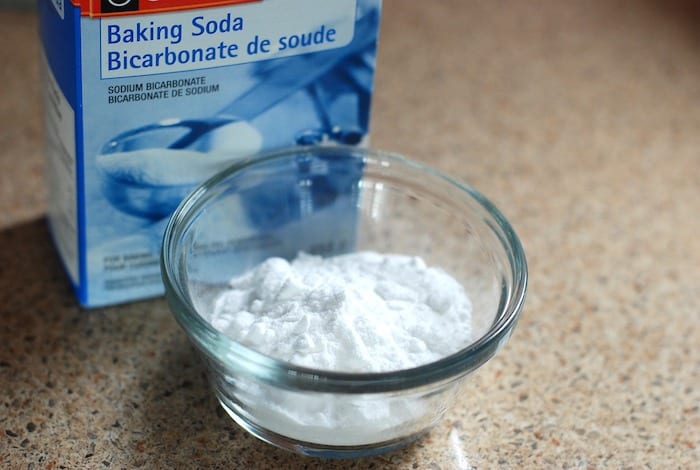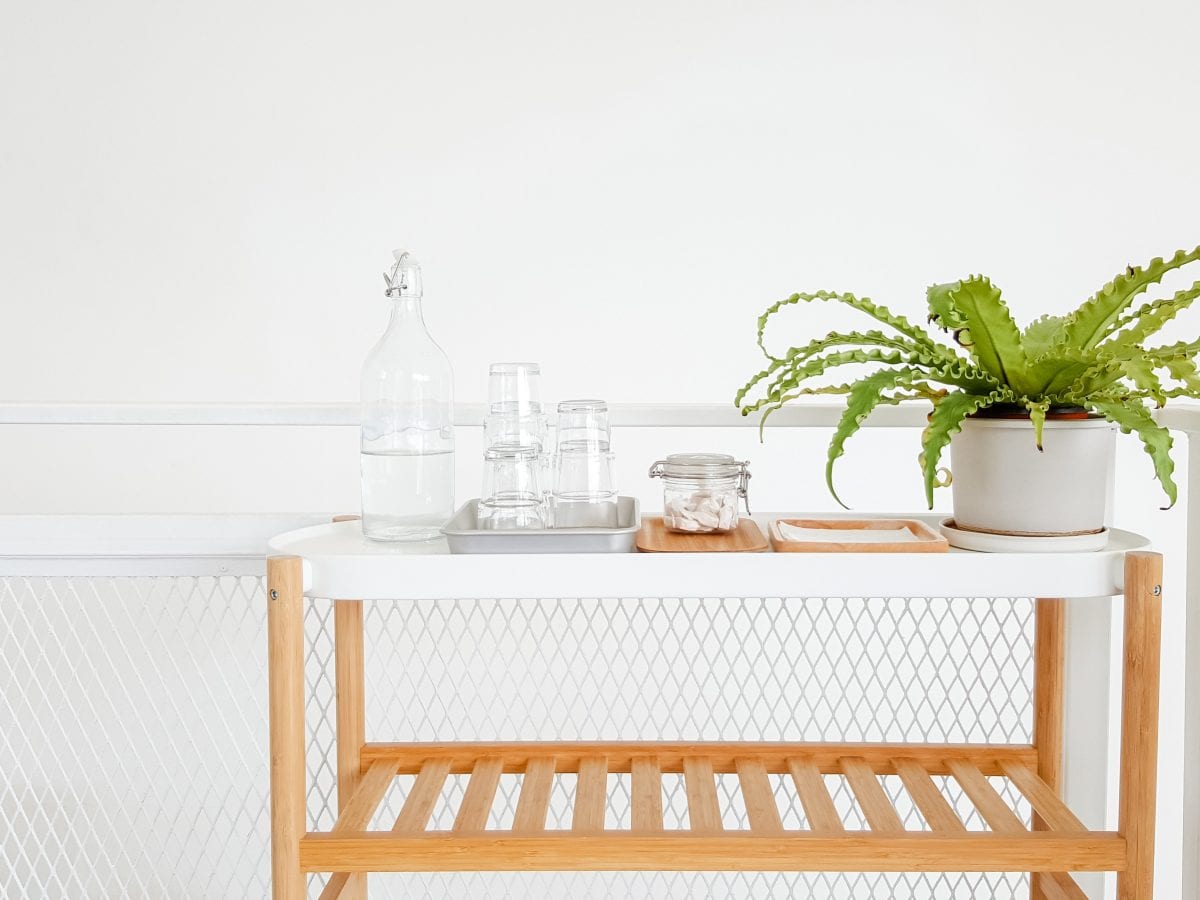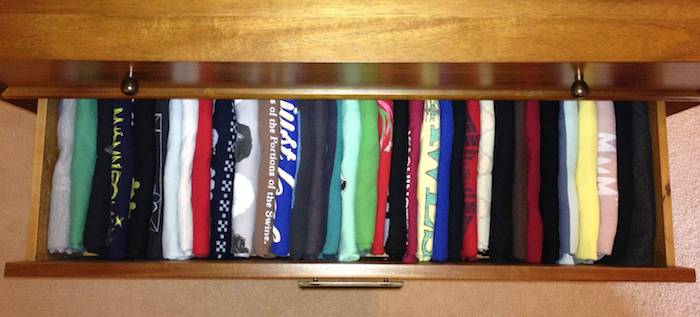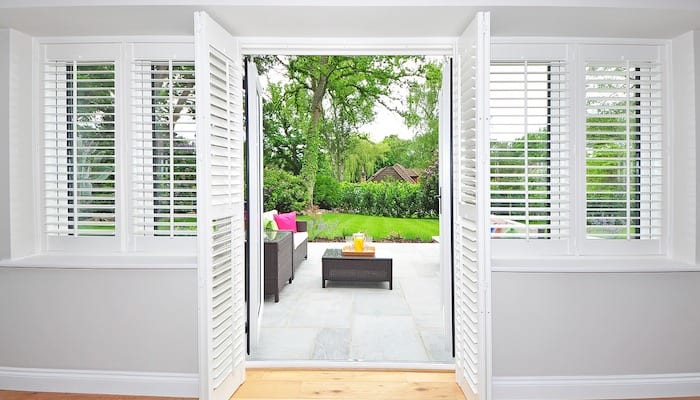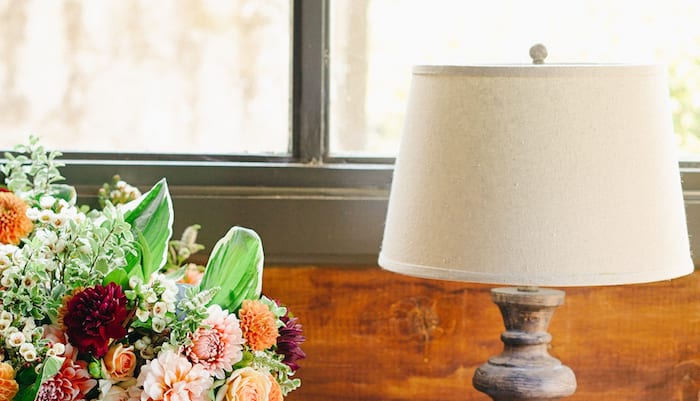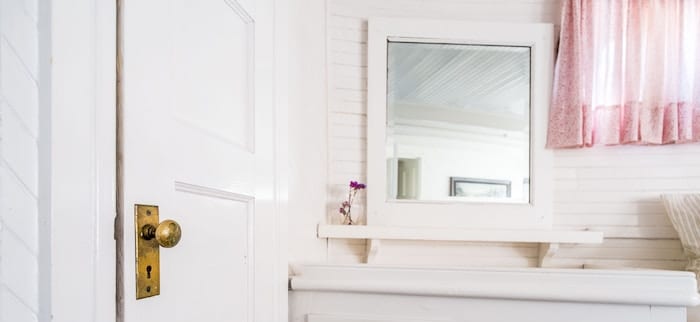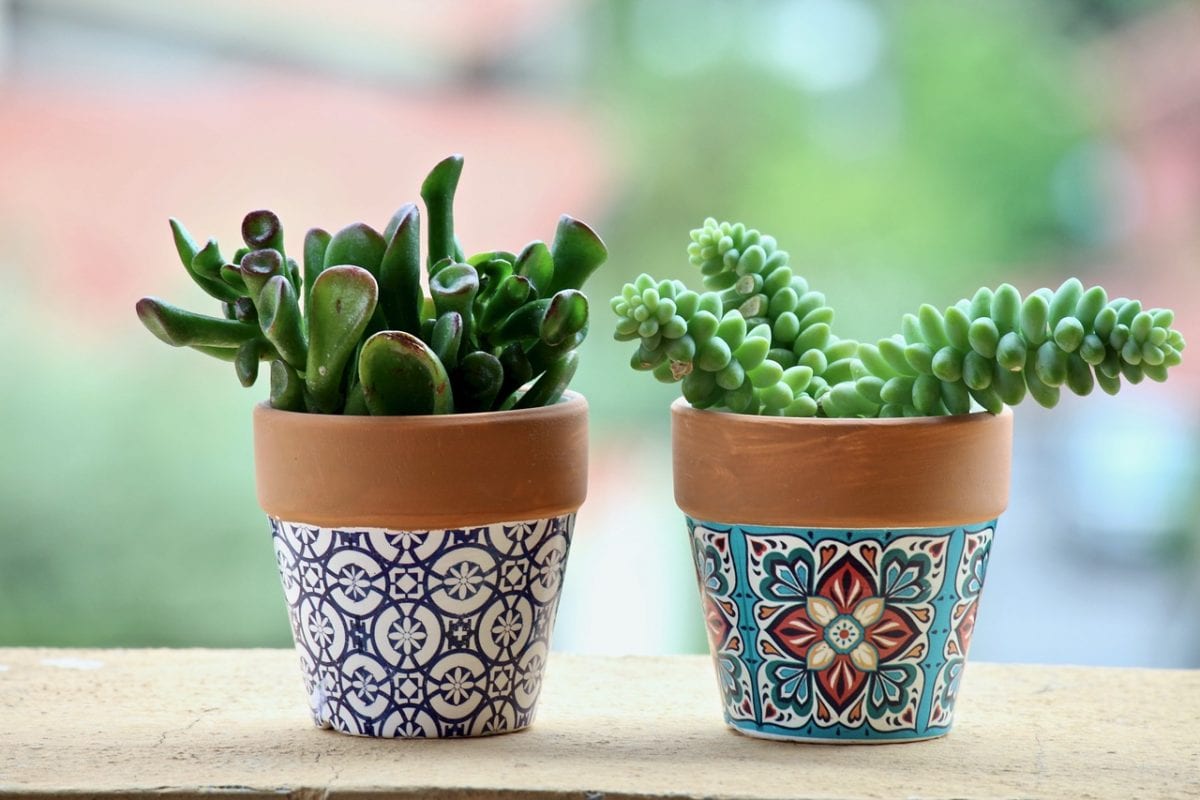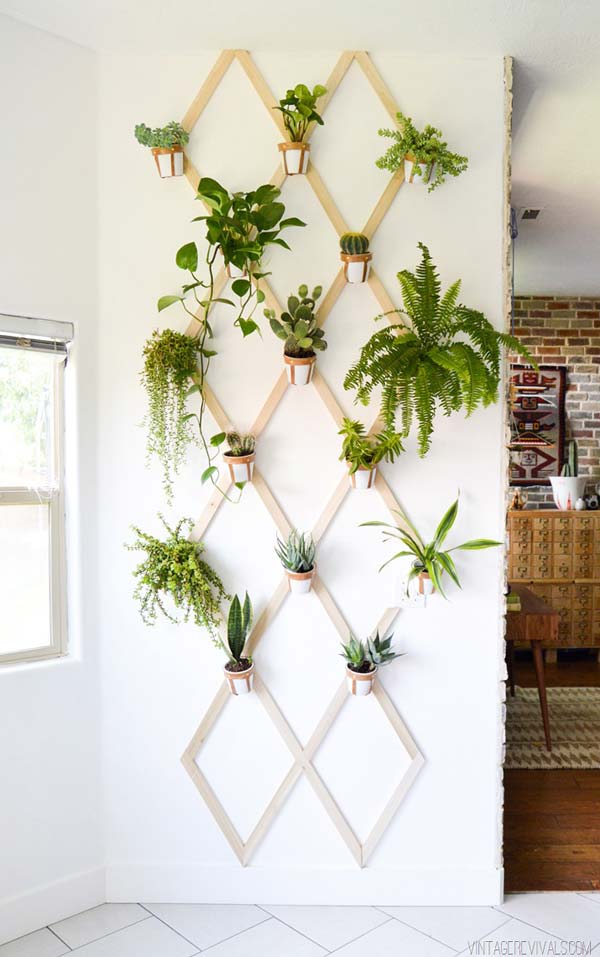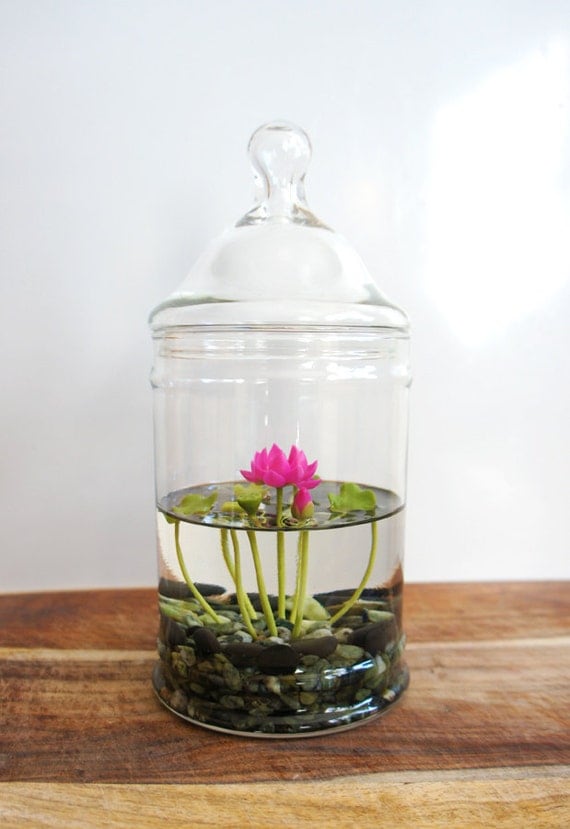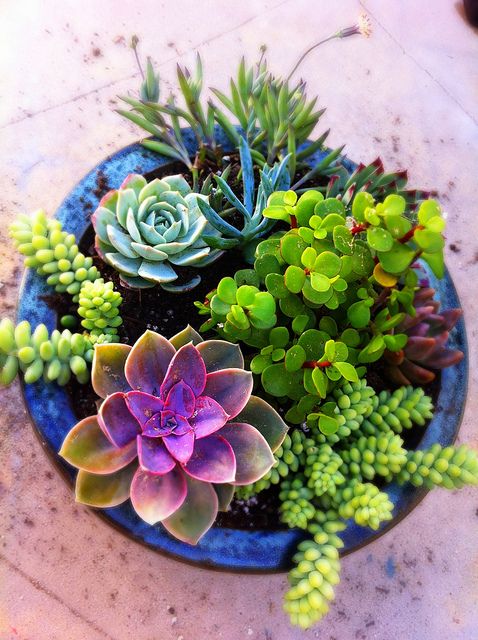Let’s face it, not many of us are great with minimalism. Clutter seems to be attracted to us, and hoarding is more common than you think. That’s why moving house is the perfect time for a household purge.
It forces you to go through all your possessions with a fine-tooth comb. You also have the big moving day deadline to work towards.
Keeping only the things you love and getting rid of those you no longer need help achieve a more streamlined life.
It creates a home where you can find something more easily. You’ll also save time spent constantly tidying up piles of accumulated belongings.
An added bonus of decluttering your home right before moving is having fewer items to pack and transport. You’ll find the whole moving process will be faster, easier, and cheaper.
Keep, sell, throw
There are many tactics for a successful home purge. Some decluttering experts advocate the Four Box Method, where you go through each room in your home armed with separate boxes. One box is for things you want to keep, one to sell or give to charity, one to chuck, and one for items you’re still undecided about.
Others are devotees of the Japanese KonMari method, where you pick up each item you own and decide to keep it only if it “sparks joy” or if it is useful.
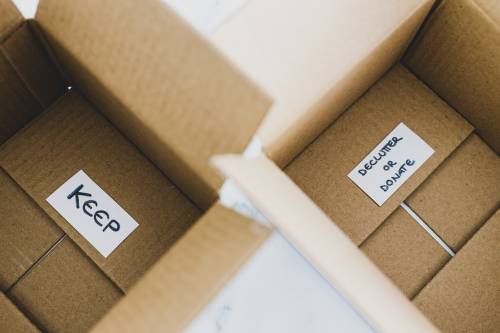
There’s even “Swedish death cleaning”, a decluttering technique where you downsize your belongings in recognition of the stark fact that one day, you won’t be able to take anything with you and that your junk may just be a burden for your loved ones. But hey, if that’s too much for you, you might prefer to stick with the Four Box Method.
Whichever method you use, it’s always advisable to tackle one room at a time rather than attempting to declutter your whole house in one go. Give yourself enough time to ensure you don’t become overwhelmed with the magnitude of the job.
If you’re moving soon and want to get it all done quickly, consider looking for local cleaners in London to help with the decluttering process.
Seek help from a friend or professional organiser
More often than not, hoarding is caused by our psychological attachment to objects. Sometimes what you really need is an objective person to help you with the task of discerning trash from treasure. Consider hiring someone who can organise your belongings to make decluttering much easier.
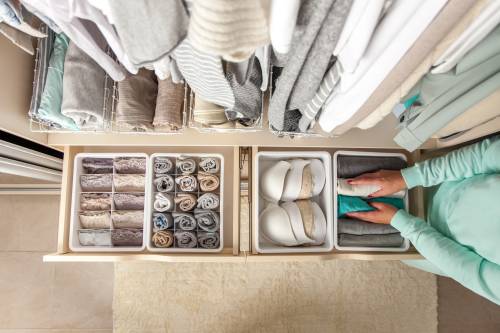
Your helper can undertake different tasks, like organising your DVD and CD libraries, rearranging your cupboards or reorganising your closet. You could also ask them to make trips to dispose of junk or drop off old clothes at your local charity shop.
Clean as you declutter
Sometimes, decluttering and reorganising your belongings can leave your home in disarray. Instead of worrying about the mess, why not have someone do the cleaning for you?

Moving house is chaotic as it is, and a professional cleaner can give you one less thing to think about.
Once your home is tidy and organised after the decluttering session, you’ll find packing up for your move so much easier!




